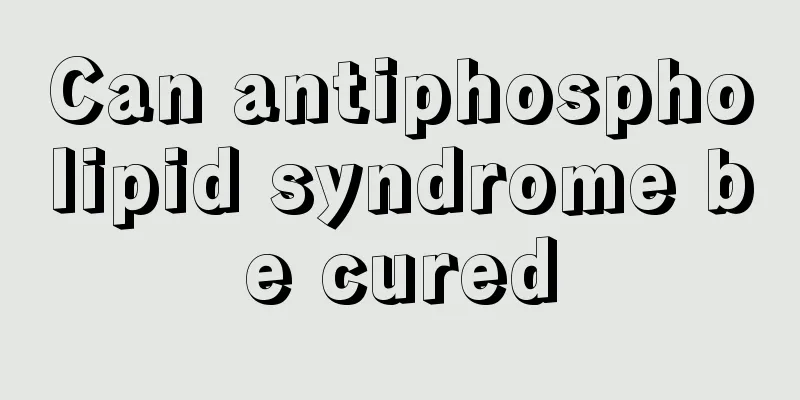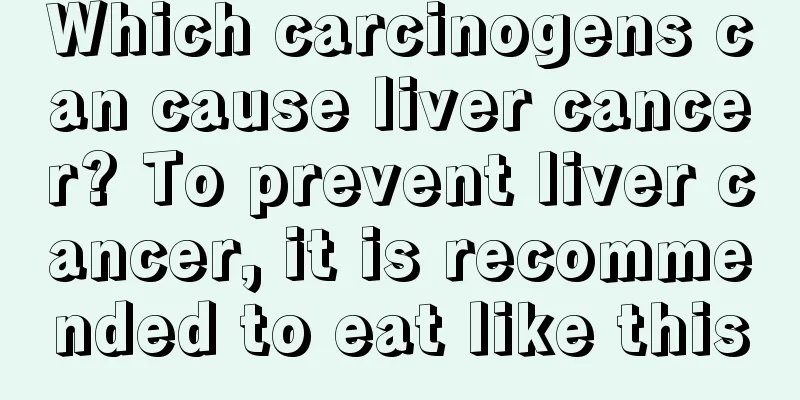Can antiphospholipid syndrome be cured

|
Many people with arterial or venous thrombosis are patients with antiphospholipid syndrome. These people have underfunctioning immune systems and are easily infected by bacteria, but can antiphospholipid syndrome be cured? There is currently data on cure, but different people have different physical conditions, so not everyone with this disease can be cured. This disease requires lifelong anticoagulant treatment, but it is difficult to treat. Antiphospholipid syndrome is a disease characterized by recurrent arterial or venous thrombosis, abnormal pregnancy and persistently positive antiphospholipid antibodies. It may be secondary to systemic lupus erythematosus or other autoimmune diseases, but may also occur alone. Regardless of whether it is primary or secondary antiphospholipid syndrome, there is no difference in its clinical manifestations and laboratory tests. The incidence rate in women is significantly higher than that in men. The treatment of antiphospholipid syndrome should be selected according to the severity of the patient's condition. If thrombosis occurs, anticoagulant and antiplatelet therapy should be selected. For patients with recurrent thrombosis, lifelong anticoagulant therapy needs to be considered. For patients with catastrophic antiphospholipid syndrome, large doses of glucocorticoids, plasma exchange and other methods should be selected for treatment. Causes Since only some patients in the APL-positive population show clinical symptoms, the occurrence of APS is also related to other factors. Studies have suggested that these antibodies can inhibit the coagulation cascade catalyzed by negatively charged phospholipids. These reactions include activation of factor X, conversion of prothrombin to thrombin, activation of protein C, and inactivation of factor Va by activated protein C. APL inhibits protein C activation or neutralizes the inactivation of factor Va, which can put the patient in a "prothrombotic state". It has been demonstrated that anti-cardiolipin antibodies (ACL) cross-react with phosphatidylserine, causing it to bind to platelets and activate platelets, which can also cause thrombosis. Other possible mechanisms include increased platelet synthesis of thromboxane, inhibition of prostacyclin synthesis, and stimulation of tissue factor production by endothelial cells. In the process of APL-mediated thrombosis, a plasma protein called β2-glycoprotein 1 (β2GP1) has attracted much attention. It is currently believed that APL can cause thrombosis by neutralizing the anticoagulant effect of β2GP1. Autoimmune APL binds to negatively charged phospholipids by binding to β2GP1 or other phospholipid-binding proteins, and is β2GP1-dependent APL. However, antiphospholipid antibodies induced by infections such as syphilis, non-syphilis spirochetes, Borrelia burgdorferi, human immunodeficiency virus (HIV), leptospira and parasites, as well as drugs and malignant tumors, can usually bind directly to phospholipids and are β2GP1-independent antibodies. |
<<: Can you still eat cherries if they turn black?
>>: Can people with nephrotic syndrome drink milk?
Recommend
Is frequent farting in women an early sign of colon cancer?
It is not accurate to directly assert that women ...
What are the symptoms during the recovery period of cerebral infarction
Although cerebral infarction is relatively danger...
Which hospital can cure skin cancer
In fact, the pollution of our living environment ...
How to identify the symptoms of rectal cancer?
Rectal cancer is a common malignant tumor, second...
How much sleep does a two and a half month old baby need?
A two and a half month old baby has very poor bod...
Will there be any impact if teeth are ground down?
If you have any problems with your teeth, you nee...
Dorsal nerve block surgery
Research results in recent years have shown that ...
What are the methods to prevent tongue inflammation
Many modern experts and professors emphasize that...
What are the treatments for vestibular neuronitis
Vestibular neuronitis is a disease that mainly oc...
Benefits of long-grain fragrant rice
Rice is a staple food that people cannot live wit...
Why don't I feel like eating all day?
Eating and sleeping are both normal physiological...
How can I wash off the oil stains on clothes
Many times, housewives find it very difficult to ...
What causes blisters in the eyeballs
Eyes are very important to us and cannot be harme...
Are prostate cancer symptoms serious?
The severity of prostate cancer symptoms depends ...
Is it possible to get liver cancer without hepatitis B and hepatitis?
In order to reduce the incidence of liver cancer,...









